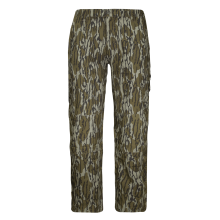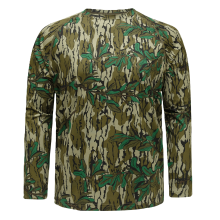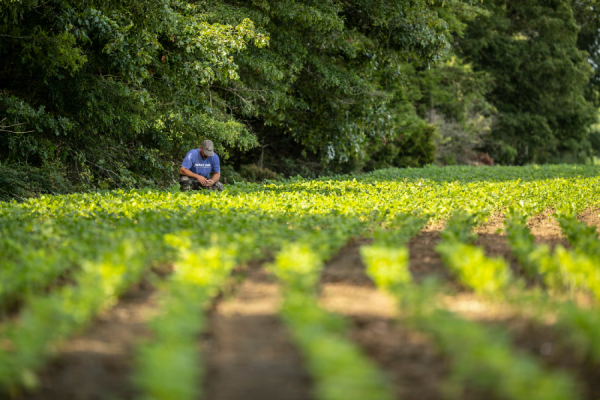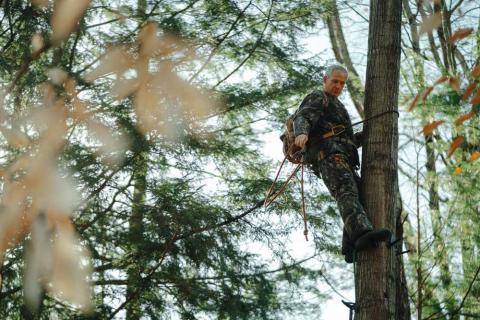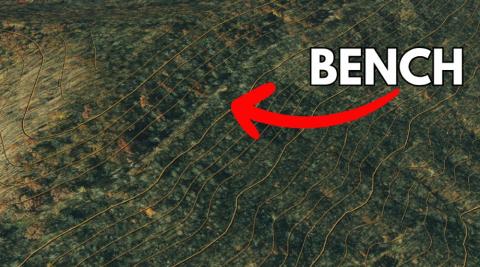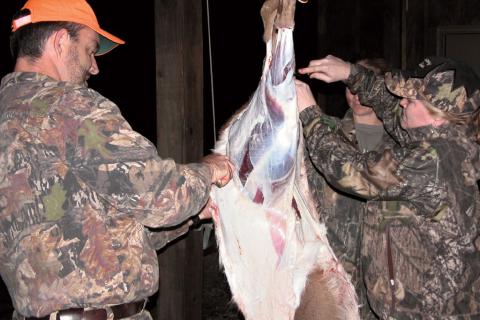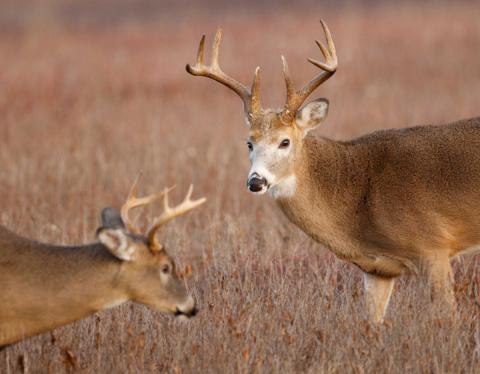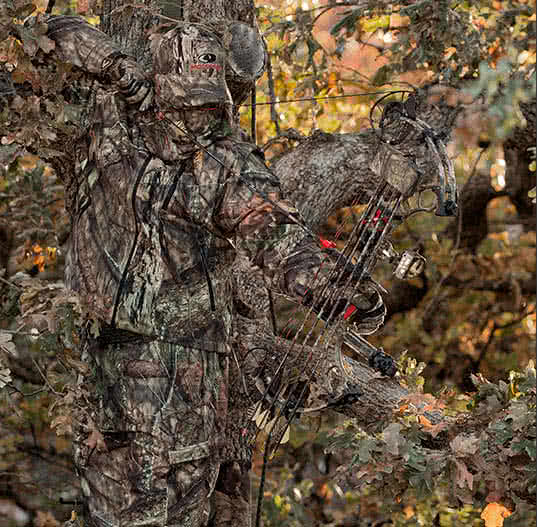Phillip Gentry

Regardless of whether you favor freshwater or salt, many beach going anglers head to the local public pier to do some fishing while on vacation.
Summer time is in full swing across the country and is the most popular season for people to head to the coast on vacation. Like a lot of people, vacation time means time to do some fishing. Whether you are a veteran of saltwater or prefer less sodium in your fishing waters, the public pier at the beach is a mecca for anglers just wanting to wet a line.
In order to be successful at fishing from a public fishing pier, you need to be able to read and understand the water. Most piers have four distinctive “zones” or fishing areas and although the same fish may travel through each zone, where you present your bait, as well as what bait you present in each zone has a strong influence on what species you may catch and your relative success.

Pier fishing can be tougher than it looks, unless you understand the zones located around the pier.
Obviously, fish species is dictated more by what area of the country you’re fishing versus where you’re fishing on an individual pier, but there are particular species that prefer to feed in each zone.
Surf Zone
Novice anglers may walk past the area where breakers are rolling and breaking beside the pier in favor of deeper water, but the surf zone is especially attractive to species of fish that prefer to feed on sand fleas, worms and other forage that’s dislodged by breaking waves. In addition, the point where the waves break often marks the transition from deeper water to the beach shelf and forms a slightly deeper ridge where these fish hold.
Live sand fleas, pieces of shrimp, and scented artificial baits can be fished on a ½ oz jig head and bumped along the edge of the shelf or in the ridge channel itself.
End Zone
The deep end of the pier is sometimes restricted to specialty anglers or pier authorities may impose a higher fee to fish there. The end zone is a favorite of king mackerel anglers who deploy trolly rigs to suspend live baits like bunkers or menhaden right at of below the surface. Some locations may not restrict shark fishing off the end of the pier, which is frequently done at night, but many public piers now restrict shark fishing anywhere at any time.
Bottom fish, like this sheepshead, love to hang out around the support pilings of a pier and feed on barnacles and small crabs or shrimp that are attracted to the wood and concrete structure.

Pelagic fish such as king mackerel, tarpon, and cobia sometimes cruise the end of piers, making the use of large, live baits and 5 – 6 inch artificial baits a top choice for sight casting.
No Man’s Land
Perhaps the name no man’s land is inaccurate but it does infer that the areas out away from the sides of the pier can be hit-or-miss without other attractions. One such attraction is in the form of concrete reef balls placed within casting distance of the pier to draw bottom fish. Another reliable pattern is to man the sides of the pier with a long-distance spinning rod and topwater bait, spoon, or other compact lure to sight fish for schooling fish such as bluefish or Spanish mackerel that cruise by the pier.
Rather than blindly casting bottom bait rigs away from the side of the pier, look for other signs of life, such as schools of baitfish, larger predators, or diving birds to alert you where to cast your line.
Under Your Feet
The majority of the time, pier anglers are standing on top of the best structure offered by a pier. Rather than casting baits away from the pier, fishing straight down, either between or along the base of the pilings can be the most productive.

It’s always a good idea to bring along a basket net on a long rope when pier fishing to keep from having to lift a good fish out of the water by just the line.
Most piers have been built and torn down several times by age and storms, leaving the bottom littered with debris that attracts bottom fish. Species vary by location but snook, sheepshead, redfish, snapper, whiting, flounder, and croaker are frequent summer visitors to piers and use the pier pilings as structure to hold on while waiting to ambush passing prey.
Because many saltwater fish species are highly migratory and tend to have a “season” when they are most likely to be found along the coast. Local fishing reports are useful information to have, so spending a little time, and money, at the bait counter can give you a good idea what there is to be caught and how it’s being caught. Otherwise, social media reports of what’s biting in the surf can be a good indicator, then it’s up to you to figure out the most likely patterns and approach.













